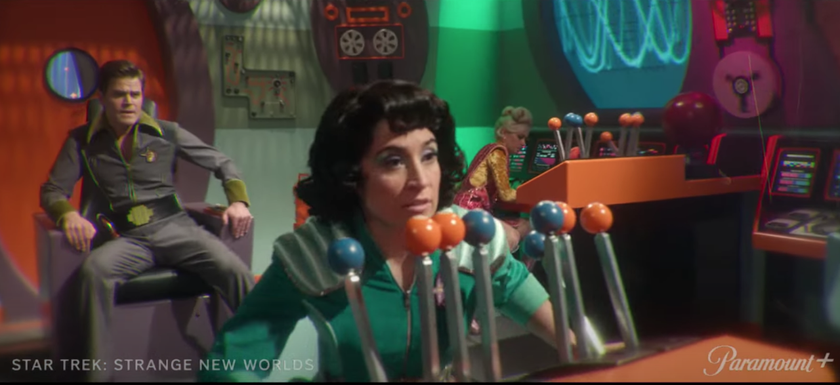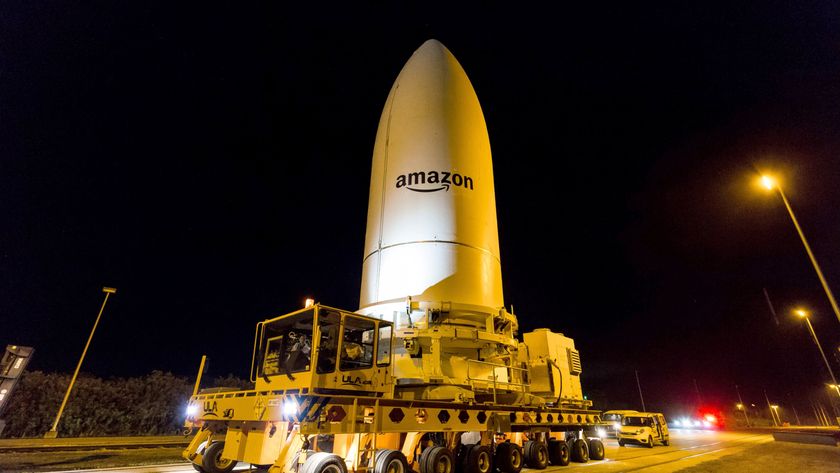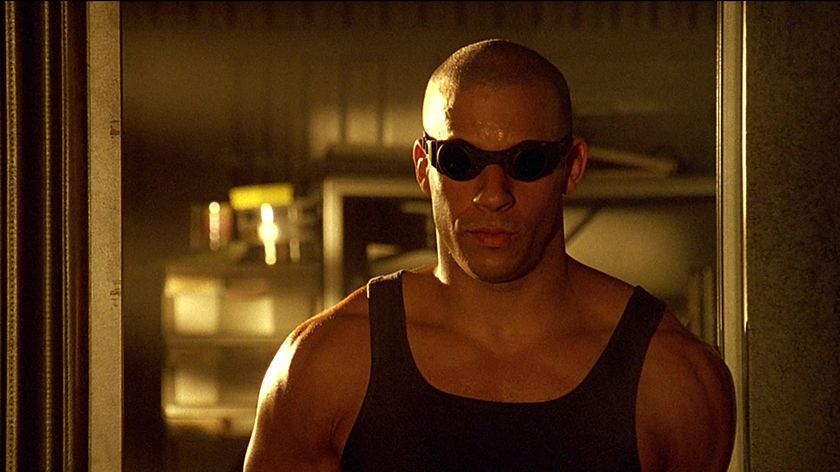Flies with the Right Stuff: Shuttle Experiment to Explore Astronaut Immunity
Thousands of fruit flies with the right stuff are slated to take flight aboard NASA's shuttle mission next month for an experiment to learn how space messes with the immune system.
The tiny spacefarers will ride along with seven astronauts on the shuttle Discovery, set to launch July 1 from Cape Canaveral for a mission to the International Space Station.
Fruit flies are space pioneers. They were the first animals flown in space, inside a U.S. V2 rocket in 1946 to assess the effects of radiation. Fruit flies have returned to space regularly aboard Russian and U.S. missions ever since.
Other space-faring animals and plants over the years have included dogs, mice, cats, beetles, spiders, seeds, ants, fish, chimps, moss, newts, frogs, bacteria, chicken embryos, and more. Not all have fared well, but the flies are expected to make it.
The mission
For the experiment, NASA will send one tray of adult fruit flies and another of embryonic flies that will mature into adult flies by the time the shuttle lands at the end of its 12-day mission. Test tubes full of a fungus called Beauveria bassiana also will fly.
Back on Earth after the mission, both sets of flies, along with a genetically identical control set of flies grown at NASA's Kennedy Space Center, will be exposed to the space-exposed fungus to test their immune system responses. Scientists will get a handle on the flies' immune response with cell counts and measures of blood-clotting ability and of compounds produced to eliminate the fungus. The study also will investigate the progression of cancerous and benign tumor cells in the flies, as the radiation of space increases the risk of cancer in astronauts.
Get the Space.com Newsletter
Breaking space news, the latest updates on rocket launches, skywatching events and more!
Past experiments have shown that microgravity, the near-weightlessness of spaceflight, affects astronauts' biology and the bugs that cause illness in numerous ways, possibly suppressing the immune system and making bacteria tougher and harder for our bodies to wipe out.
The immune systems of fruit flies and humans are similar enough that the upcoming experiment could help scientist learn to predict which genes in humans and flies are affected by radiation and the microgravity of space and how gravity signals a gene to change.
Why flies
Fruit flies, the same pesky insects that hover around bananas and peaches in your kitchen, are smaller and less complex than humans in many ways, but they make good model organisms for studying such processes as the effect of space radiation on human genetics and immunity. Fruit flies have short life spans, reproduce quickly, and eat next to nothing, and their DNA mutates rapidly.
"We start small and simple, and progress to more complicated and advanced concepts, thus extending our understanding in the future to helping optimize human performance in space," said Sharmila Bhattacharya, the experiment's principle investigator at NASA Ames Research Center in California.
The lab work on Earth will reveal genetic and chemical changes in the insects, but surveillance in space also will be informative. In flight, the flies will grow, breed and produce about nine generations, none of which will go unnoticed.
The vented insect habitat on the shuttle will be equipped with video cameras to allow researchers to monitor the flies' courtship rituals, running speed, and flight patterns, all of which are clues to genetic activity.
- Return to Flight: Complete Shuttle Coverage
- Great Space Quizzes: Shuttle Countdown
- Gallery: Top ISS Photos
Join our Space Forums to keep talking space on the latest missions, night sky and more! And if you have a news tip, correction or comment, let us know at: community@space.com.

Robin Lloyd was a senior editor at Space.com and Live Science from 2007 to 2009. She holds a B.A. degree in sociology from Smith College and a Ph.D. and M.A. degree in sociology from the University of California at Santa Barbara. She is currently a freelance science writer based in New York City and a contributing editor at Scientific American, as well as an adjunct professor at New York University's Science, Health and Environmental Reporting Program.










